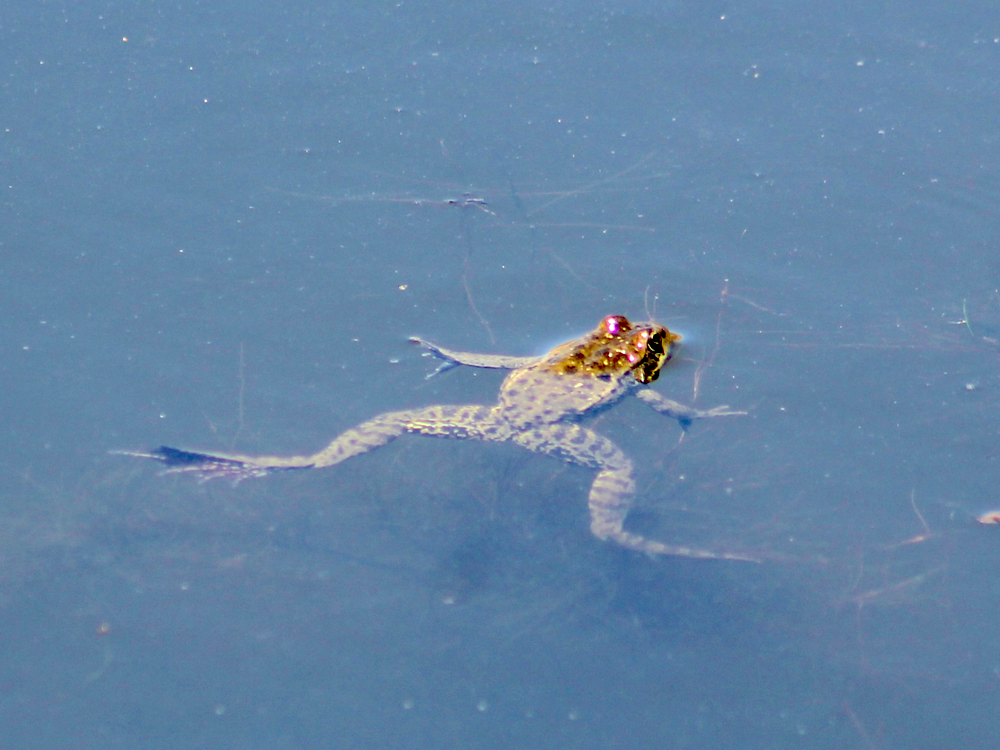
Agriculture Conservation Coordinator
Environmental DNA (eDNA) collection is gaining traction as an exciting way to monitor species presence in any ecosystem that has standing or flowing water. As animals pause by the banks take a drink, relieve themselves uphill, or shed their feathers or skin, their DNA ends up in the water. Scientists can then collect water samples and comb them for DNA, matching the sequences to known reconstructed genomes. In this way, we can draw conclusions about what animals have been present in an aquatic ecosystem, such as a pond, for the last 30 days.
CCRCD has been working with ranchers and conservation practitioners across rangelands throughout Contra Costa County since 2014 to help restore livestock ponds for the benefit of wildlife and livestock. Our sister agency, Alameda County Resource Conservation District (ACRCD), has also been working with ranchers across Alameda County on similar projects. The two RCDs seek to investigate how effective livestock pond restorations are and whether they are benefitting threatened and endangered species such as the California red-legged frog, California tiger salamander, and Alameda whipsnake. They also aim to understand what other species rely on these ponds for water during the dry summer months.
This is where environmental DNA monitoring comes in handy. In Spring 2024, CCRCD started collecting eDNA samples of livestock ponds across rangelands in Contra Costa County. ACRCD had already been collecting these samples since 2023 led by Farley Connelly, PhD, an expert Biologist.
For the 2025 monitoring season, our team surveyed the ponds for eDNA from March until July. Although some of the 26 ponds we monitor yearly dried up earlier than in the previous surveying season, we were still able to collect an ample amount of data from our sites. While CCRCD is currently waiting on 2025’s eDNA monitoring results from our project’s lab partner, eDNA Explorer, we are confident that this season there was significant California Red-Legged Frog presence across our sites based on visual observation. We also experimented this season by collecting additional observational data with the help of phone applications such as Merlin, which identify local bird presence by recording their calls. Comparing Merlin data against our eDNA results will increase the accuracy of our eDNA monitoring protocol.
I think my favorite part of my first season out in the field doing livestock pond monitoring work as the Livestock & Rangeland Systems Conservation Coordinator was that I got to share the experience with our awesome eDNA pond sampling intern, Adrin Balili. Adrin is now pursuing his graduate studies at San Jose State University and we are so proud of him!
Be on the lookout on CCRCD’s eDNA Sampling Website Page and subscribe to our Ag Team Newsletter to stay in the loop on updates and opportunities happening out in Contra Costa County’s rangelands! Please do not hesitate to reach out to me at gfudin@ccrcd.org if you would like to connect!
